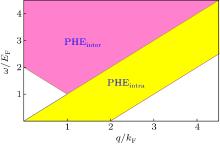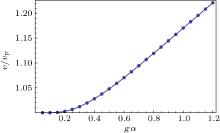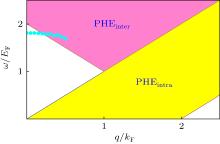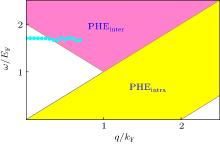中国物理B ›› 2020, Vol. 29 ›› Issue (11): 117201-.doi: 10.1088/1674-1056/abbbdb
Xun-Gao Wang(王勋高)1,2, Huan-Yu Wang(王寰宇)1,2, Jiang-Min Zhang(张江敏)3,4, Wu-Ming Liu(刘伍明)1,2,5,†( )
)
Collective modes of Weyl fermions with repulsive S-wave interaction
Xun-Gao Wang(王勋高)1,2, Huan-Yu Wang(王寰宇)1,2, Jiang-Min Zhang(张江敏)3,4, and Wu-Ming Liu(刘伍明)1,2,5, †
- 1 Beijing National Laboratory for Condensed Matter Physics, Institute of Physics, Chinese Academy of Sciences, Beijing 100190, China
2 School of Physical Sciences, University of Chinese Academy of Sciences, Beijing 100190, China
3 Fujian Provincial Key Laboratory of Quantum Manipulation New Energy Materials College of Physics and Energy, Fujian Normal University, Fuzhou 350007, China
4 Fujian Provincial Collaborative Innovation Center for Optoelectronic Semiconductors and Efficient Devices, Xiamen 361005, China
5 Songshan Lake Materials Laboratory, Dongguan 523808, China











